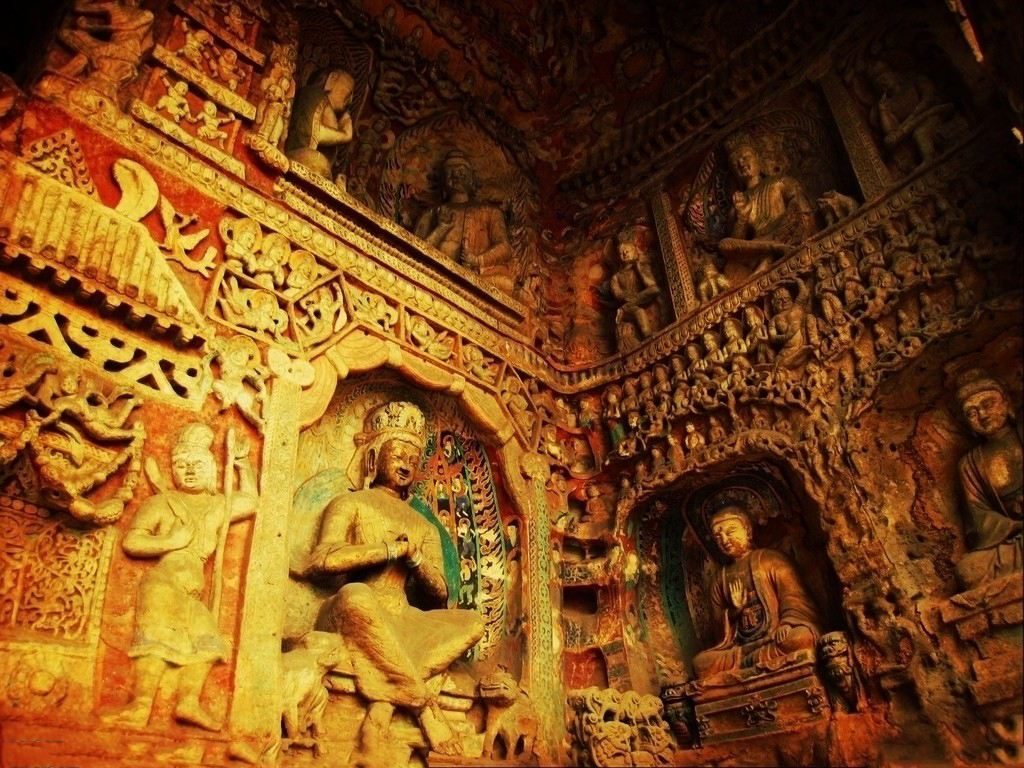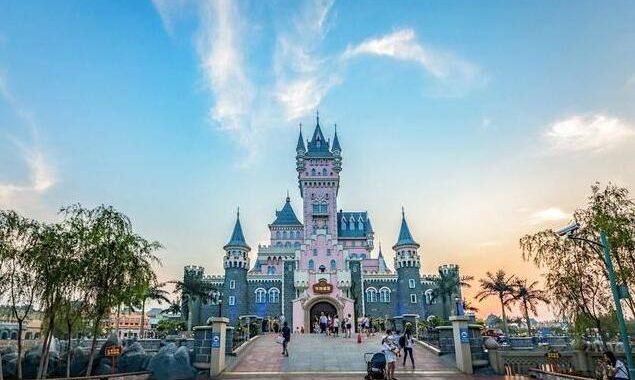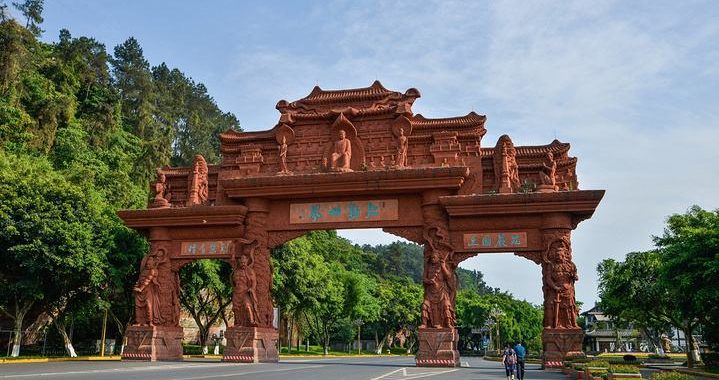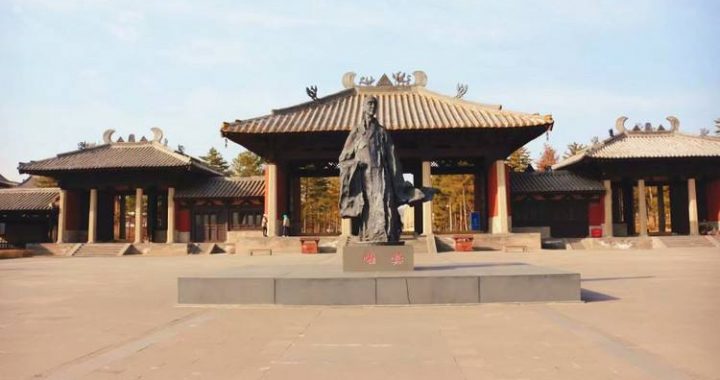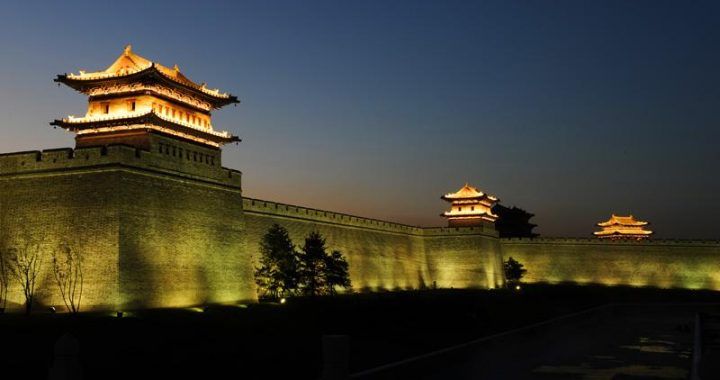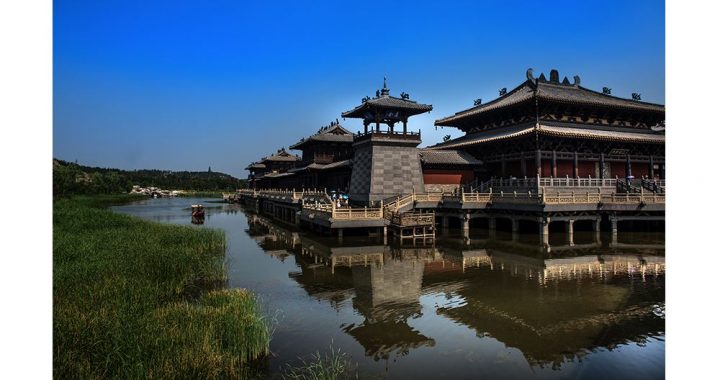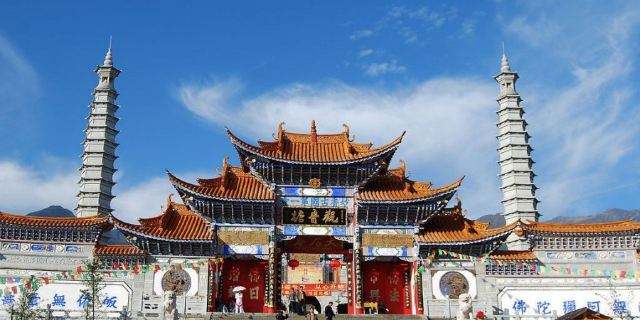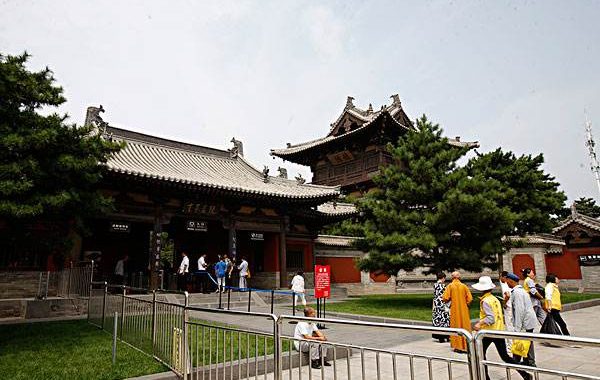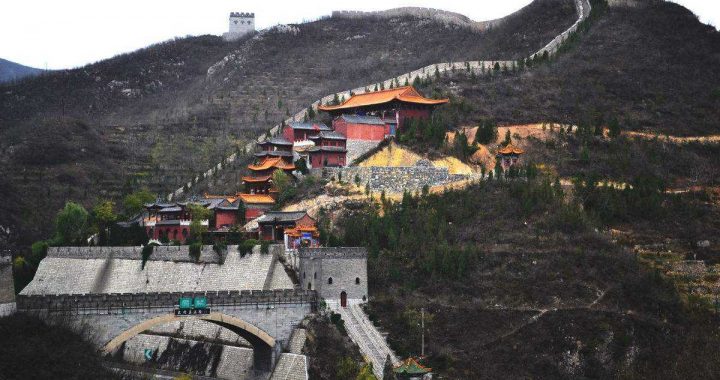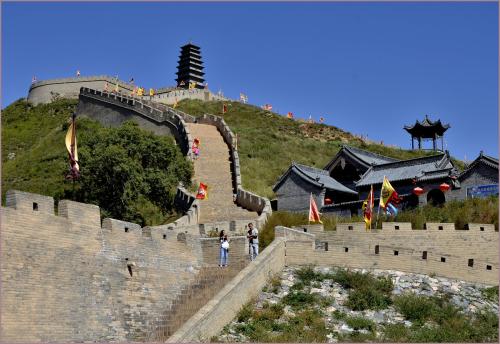Yungang Grottoes
2 min readYungang Grottoes was carved on the north cliff of Wuzhou Mountain,16km west of Datong City,Shanxi Province.The caves were carved in the mid-5th century,North Wei Dynasty,stretching about 1km from east to westas one of the largest clusters of grotoes in China.With an enormous size and rich contents.Yungang Grottoes ranks side by side with Mogao Grot-toes in Dunhuang of Gansu Province and Longmen Groftoes in Luoyang of Henan Province as the three great clusters of cave temples in China.
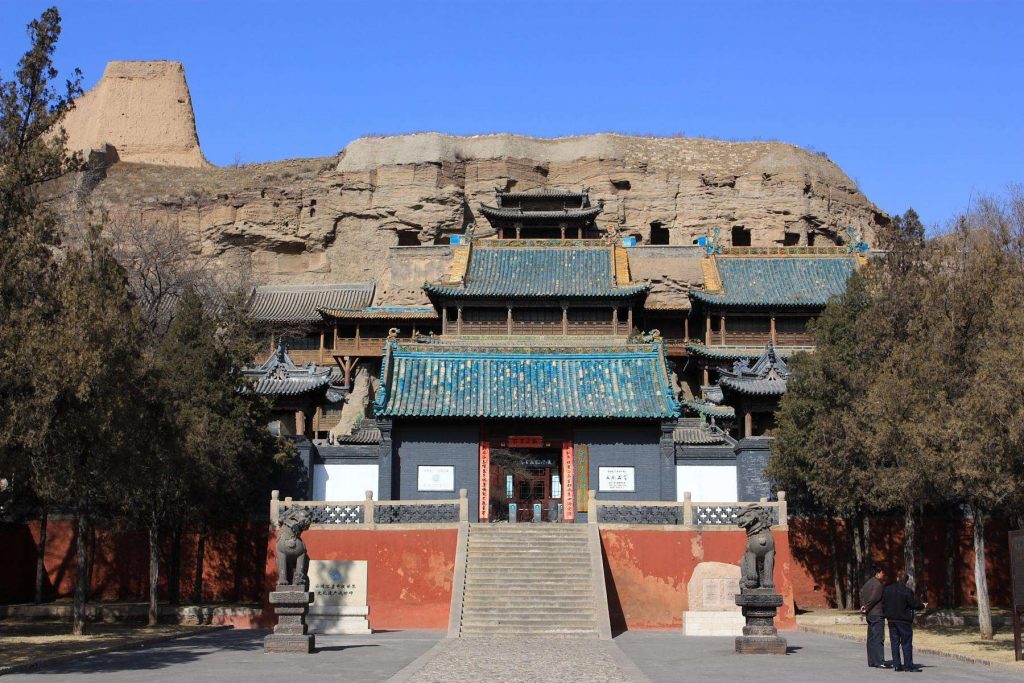
of the three,Yungang Grottoes stands out for its rich contents and re-fined carving Preserved to the present in the Grottoes are 53 caves and over 51000 statues.Li Daoyuan,a famous geologist of ancient China,de-scribed the Grotloes in his well reputed work“Annotated Book of Waters”that“cracked the rocks and hewed open the mountain,constructed with the topography:enormous,grandiose,and rare to find elsewhere:halls,temples,waters,and woods around the mountain rush in sight one after the other”,which is indeed the true picture of the Grottoes of that time.
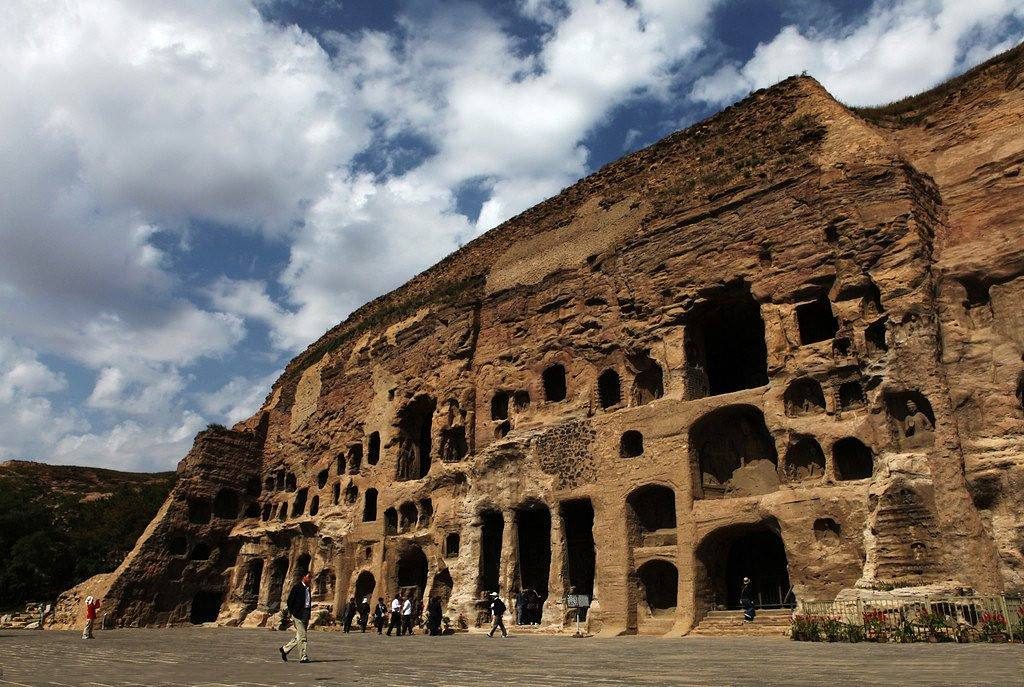
Yungang Grottoes consists of three sections,the east,the west,and the central,with caves of all sizes pleasantly scattered halfway on Yungang Mountain.Caves in the east section feature in pagodas,thus called pago-da caves.Those of the central section were all structured with a front and a rear chamber,with the Buddha in the center and relief carving all over the walls.Caves of the west section are mostly medium or small sized,or small niches added in later times,actually,in most cases,carved after the capital of North Wei Dynasty was moved from Datong to Luoyang.Statues in Yungang Grottoes model various religious figures with an image distinc-tive from each other.The technique not only inherited and developed the tradition from Qin and Han Dynasties,but also adopted much from Gan-dhara art,to create a unique style of Yungang Grottoes.
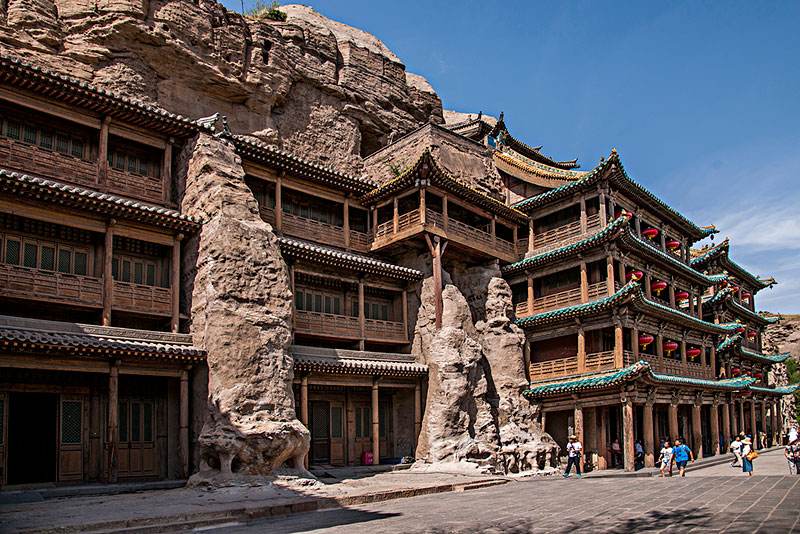
On the interior and exterior walls as well as the Buddha’s halos and the caisson ceilings of the caves,there are vividly carved groups of apsaras tomanliest the world of ultimate happiness pursued by Buddhists.All the stat-ves are modeled with marvelous personificaftion that gives the Buddha a hu-man nature and expression as well as infinite vigor as the ancient treasure of Chinese culture.In December of 2001,World Heritage Committee of UNESCO inscribed Yungang Grottoes in its World Heritage List.
